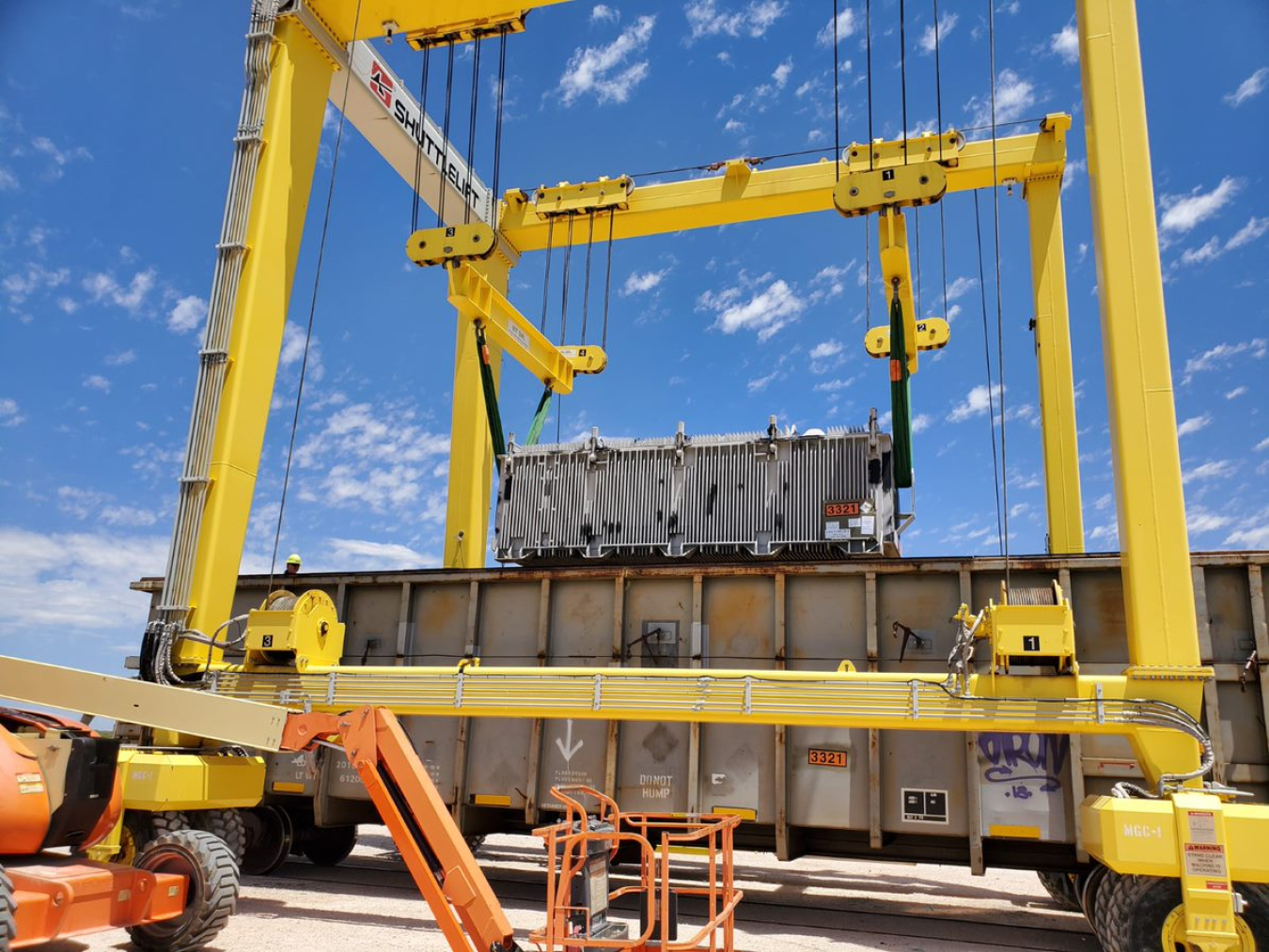Employees of the Solid Waste Management Facility (SWMF) at the Savannah River Site (SRS) recently completed characterizing and shipping for disposa...
June 30, 2020AIKEN, S.C. – Employees of the Solid Waste Management Facility (SWMF) at the Savannah River Site (SRS) recently completed characterizing and shipping for disposal mixed waste containing over 950 cadmium safety and control rods from five SRS production reactors.
Mixed waste contains both hazardous and radioactive waste.
“The shipping and storage cask containing the safety and control rods has been in storage at the Solid Waste Management Facility for over 25 years, the time needed to allow the radioactivity to reduce to a level below the limits allowed by the Department of Transportation for off-site shipment,” said Verne Mooneyhan, Facility Manager for SWMF, which is managed and operated by SRS contractor Savannah River Nuclear Solutions. “The cadmium rods included in this shipment span nearly 70 years of history at SRS.”
The control and safety rods, fabricated in the early 1950s, were positioned in the five Reactor vessels to speed up or slow down nuclear chain reactions to obtain optimum production of nuclear materials for processing. The last operating production reactor at SRS, K Reactor, was shut down in 1988 but was briefly operated in 1992 before being permanently retired.

SRS recently completed characterizing and shipping for disposal mixed waste containing over 950 cadmium safety and control rods from the five SRS production reactors. The rods had been stored in the Solid Waste Management Facility for 25 years.
An accurate determination, or characterization, of the radioactive hazard was necessary to demonstrate compliance with applicable requirements for shipping and disposal. Characterization of the cadmium rods for disposal was a unique challenge for Solid Waste Engineering due to the thick lead-wall shielding of the storage and shipping cask, which prevented direct measurement of the radioactive activity of the cask contents. Therefore, the radioactivity of the contents was calculated using historical records noting the shutdown dates of the reactors and data from records taken when the rods were discharged.
“I appreciate the hard work of the SWMF team to safely characterize and ship this unique waste,” said DOE Director of Waste Disposition Programs Division Sonitza Blanco. “The safe disposition of the cadmium rods is just a small piece of what the Savannah River Site does to protect the environment and make the world a safer place.”
The mixed waste was sent to Waste Control Specialists in Andrews, Texas for final disposition.
All five SRS production reactors were constructed and brought into operation in a five-year period in the early 1950s. R Reactor was the first production reactor brought online in 1953 and C Reactor was the last reactor to start production in 1955. The lifespan of each reactor varied, as R Reactor was taken out of service in 1964 with K Reactor being the last to shut down.
Media Contacts:
Lindsey MonBarren
Savannah River Nuclear Solutions
(803) 645-5455, lindsey.monbarren@srs.gov
Monte Volk
U.S. Department of Energy
(803) 952-8283, monte.volk@srs.gov

